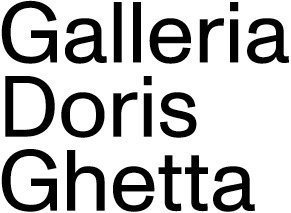Inspired by her encounters with the works of the great masters of the past and her frequentation of art venues such as museums and galleries, Martina Steckholzer focuses on a series of characters that have traditionally inhabited the margins of canvases in order to understand the way they have been portrayed in the past and to raise the issue in our present.
Encountered by the artist in her solitary visits to museums such as the KHM Kunstihistorische Museum in Vienna or in intriguing places such as the ancient Wunderkammer in Austrian castles, portraits of women, animals and objects reappear in her paintings to question the past to which they belong and the visual regime of a given cultural context. Through an essential painting made of red, yellow, black and earthy pigments, Steckholzer questions the gaze and its power to create narratives, searching for fractures and stratifications occurring in systems of representation.
Her subjects are ambiguous and elusive, opening up new possibilities for narrative. In fact, female figures as well as many of the animals represented have often been the object of allegories and mythologies that considered them to be symbols of fertility, wealth, loyalty and dedication, all of which share an external gaze that made them objects of representation for a long time. On Martina Steckholzer's canvases, the features of their faces and bodies become less clear-cut and outlined: it is the independent gaze of the portrayed figures that now become autonomous subjects actively watching.











